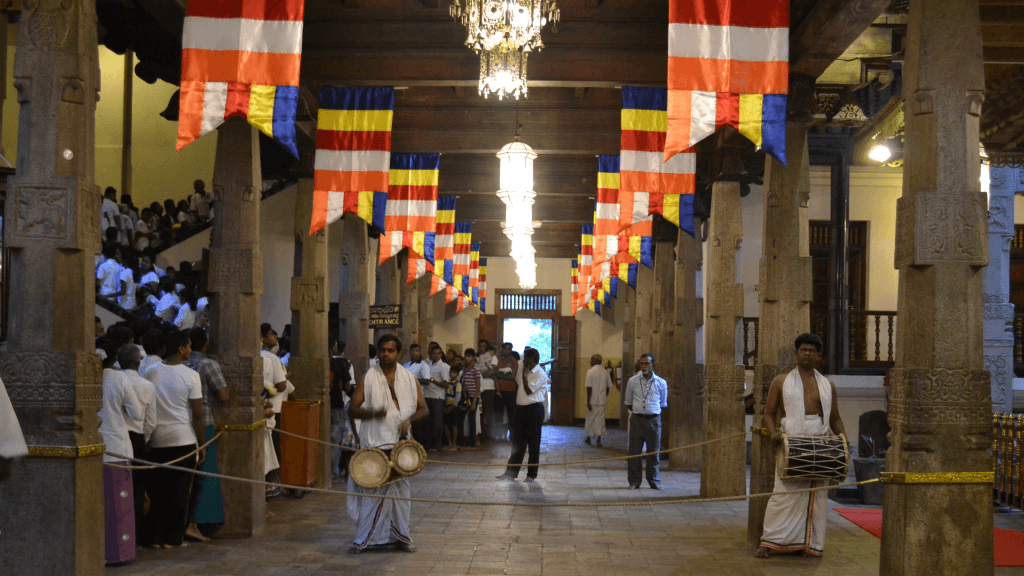Thailand

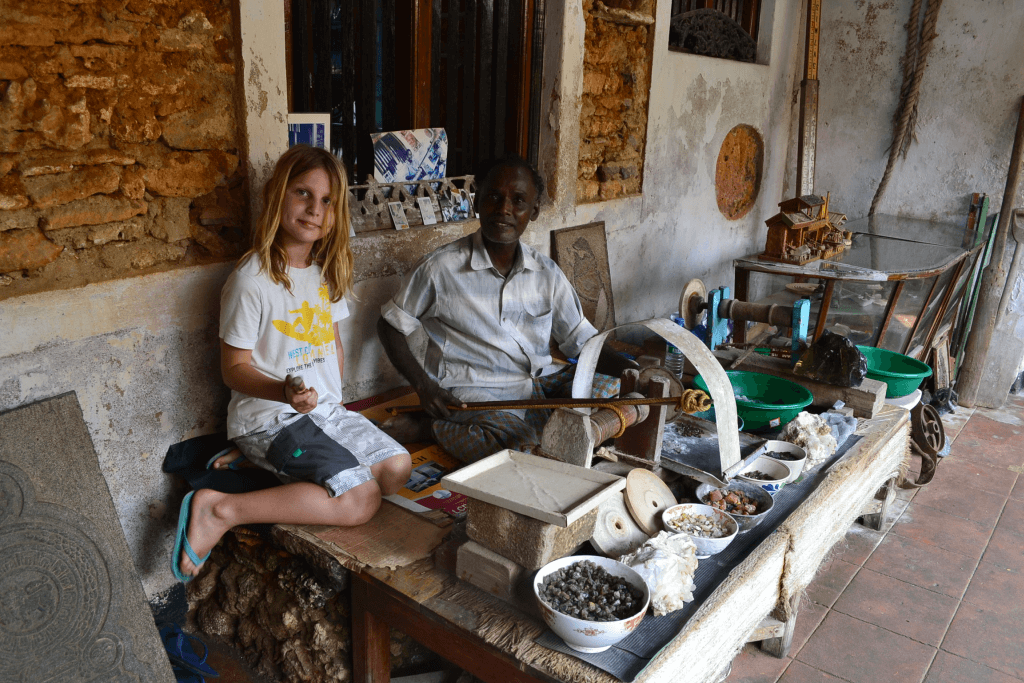
For me, there is no city by the sea in Asia that has so many colonial buildings and the colonial flair that I so much enjoy, but I don't know all of them yet. Please tell me if you know such a city, because I love such cities.
On my first visit in 1999, I was enchanted as I walked by the fort. Couple with white lace parasols hiding behind the parasols. Children were playing cricket in the back and were overjoyed.
Whether by the ancient churches, quaint hotels or the old walls, one is simply reminded of what an important port city Galle was in its heyday.
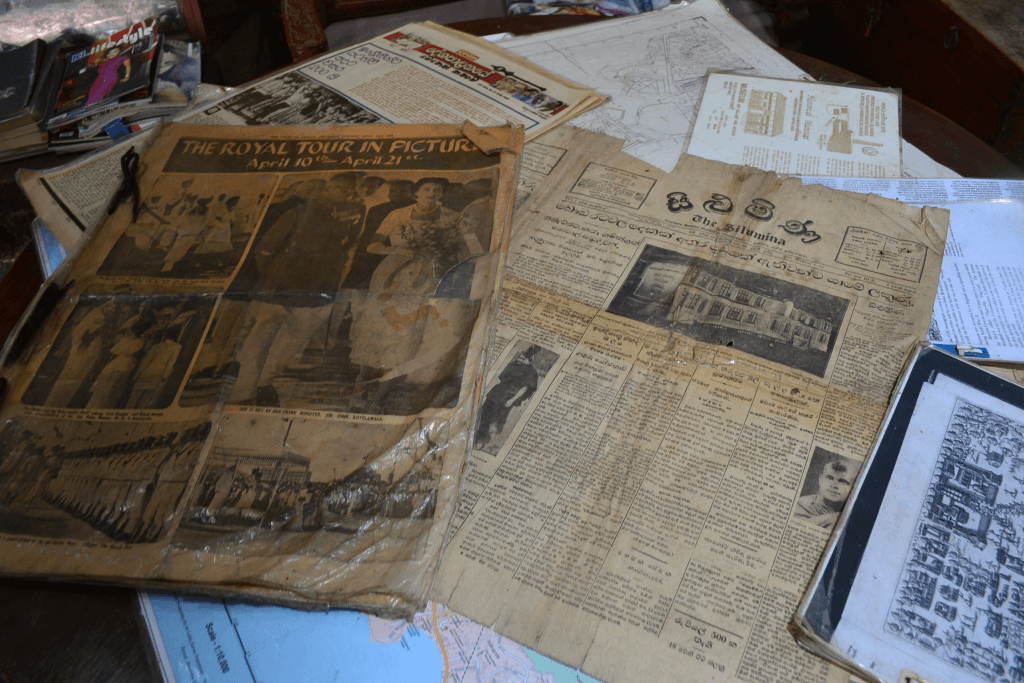
While I am uploading the photo here, Thousands of People are saying farewell to here Queen Elizabeth II in London. R.I.P.
The bay on the southwest coast of Sri Lanka was already mentioned in, 550 by the navigator Kosmas Indikopleustes (Greek trader). As the most important transshipment point of the centrally located islands. Ships from all parts of India, Persia and Ethiopia used Galle when tradesmen Battuta described Galle in the 14th century as "a small town with a busy port".
The colonial history with the arrival of the first Europeans, in this case with the Portuguese in 1505, was rather unplanned. Back then, during a monsoon storm, the fleet of the Viceroy's son of Portuguese India accidentally drifted to the south coast of Sri Lanka. The Portuguese sailors called the bay Ponto Gale. Gala = rock in Sinhala. Since Gala sounds almost like the Portuguese word Galo = rooster, the Portuguese introduced a rooster into the city's coat of arms.

The fortifications were built by the Portuguese for protection, but the defensive wall only lasted four days, because on March 8, 1640 Galle was besieged and taken by the Dutch commander Willem Jacobsznoon Coster and his 2,000-man troops. With the conquest by the Dutch, Galle's real heyday began, which can still be felt today. The Dutch ruled Galle for 150 years and when power passed to the British in 1796, Galle fell into a kind of slumber because the British were not very interested in the southern port city and established themselves in Colombo.
This fort is about 52 hectares inside and you should spend at least half a day exploring the city here. As soon as you drive through the new town and after entering the fort, you notice a strong difference between the chaotic new town and the peaceful fort. My tip is to walk along the fort walls first and then explore the city center with its winding streets. It's worth it and, as always, I can't stop raving about it.
Many colonial buildings have now been converted into small boutiques, hotels, restaurants, or quaint boutique hotels.
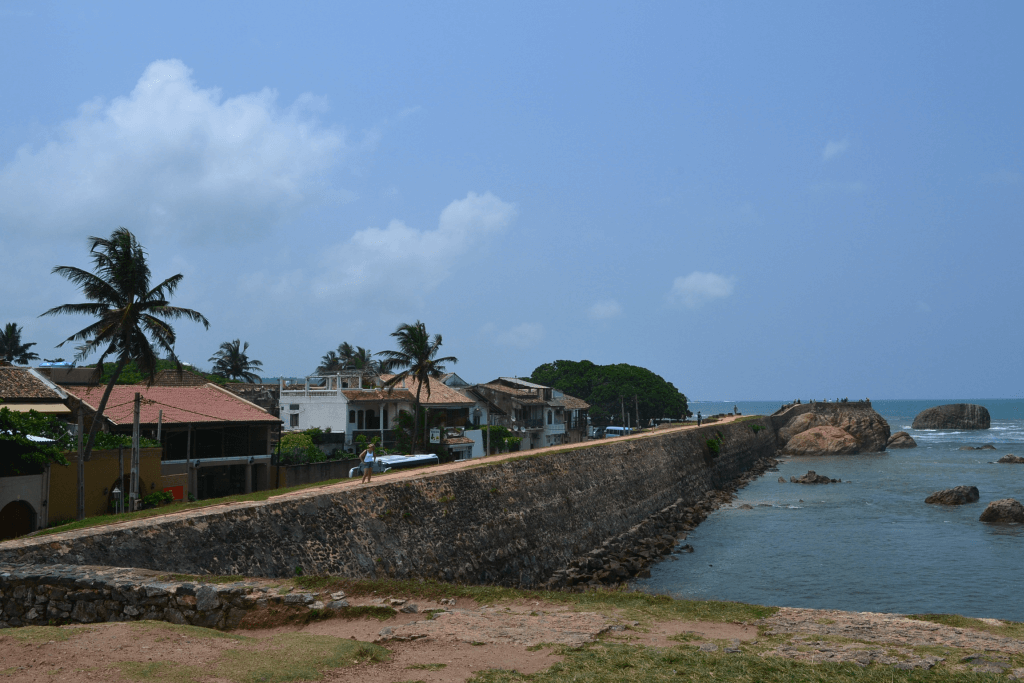
We went into the fort at the New (Main) Gate, this is the newer gate that was only broken into the walls by the English in 1873, a little further south you will find the nicer Old Gate with the inscription ANNO MDCLXIX VOC the gate was built in 1669 by the United East Indies completed.
Two lions and a rooster flank the inscription. On the outside the coat of arms, the motto of the British monarchs Dieu et mon droit "God and my right", this dates from the period 1760-1820 during the reign of King George III. Here you will find the Warehouse built in 1671, originally the Dutch warehouse. The Maritime Archeology Museum is located there today.
Here you will get an interesting insight into the maritime life of Sri Lanka. Information about the traditional life of fishermen and the coastal ecosystem, as well as curved finds from sunken ships.
Address Queens Street Opening hours Tues-Sat 9-17:00 Admission LKR 650 (information subject to change)
As I said, we started at the New Gate and first climbed the Fort Wall to get our bearings there. From here we went to the Clock Tower, built in 1883, because from here you have a good view over the new town. This part of the fort is called the Moon Bastion. In the northwest corner of Star Bastion, our son really loved it. My husband, as always, told him stories and his eyes lit up when his father told him about the double harbor wall. There is also a small military base here.
We continued walking along the Aeolus Bastion and at the corner of Rampart Street - Chado Street we took a little break at a kiosk under a tree. I saw a small temple from afar and left my boys in the shade to get a closer look. The temple of Sri Sudharmala Vihara shines with white color and attracted me. Here I found a sign that advertised yoga classes. I was also interested in the pretty guest house just across the road.
Our walk continued towards Triton Bastion to Flagrock Bastion, from the small platform you can take nice photos towards the mosque and lighthouse. Of course, the sellers also know this and that is why they try to bring their goods to tourists.
This is where the so-called cliff jumpers jump into the raging sea to earn a fee from the tourists.
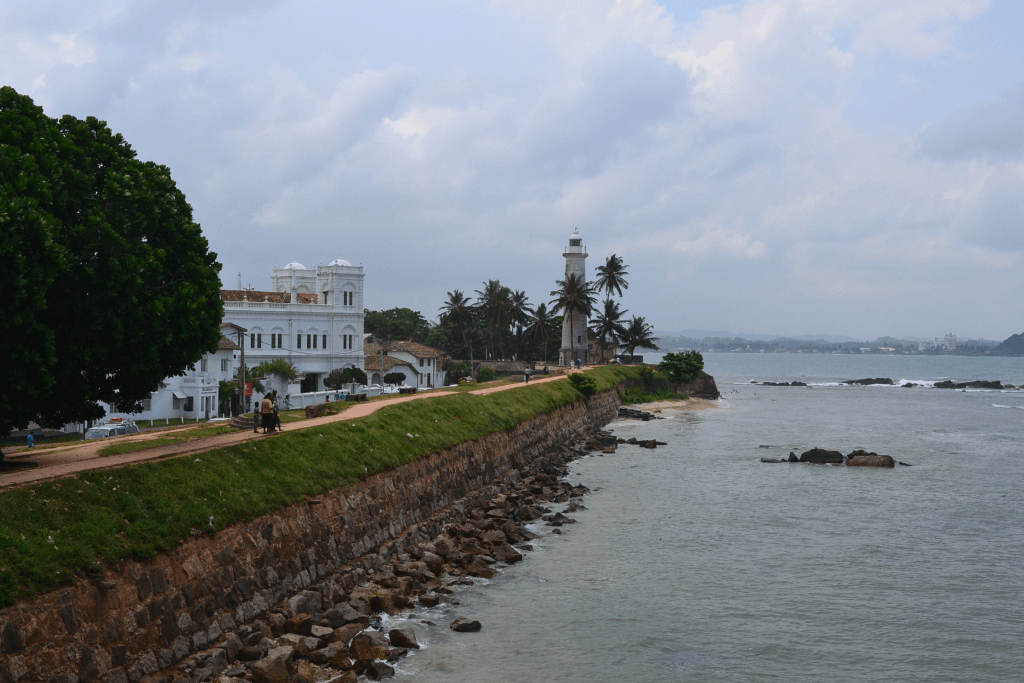
The rocky outcrop, the Flagrock Bastion, was called Vlag Klip by the Dutch. From 1733 a flag was flown here to warn ships of the dangers of the rocks and shoals.
In 1848 the flag was destroyed by a lighthouse, but this fell victim to a fire in 1934 and in 1939 the British built the 26.5 m high lighthouse about 250m further on the Point Utrecht Bastion, which is still in operation today. The bastion Utrecht was named after the hometown of the first pastor Galles, who took office in 1641. From here we first went in the direction of the city center/old town and admired the small, lovingly furnished boutiques, cafés and guest houses.
In the Leyn Baan St. 31-39 is the, the entrance was free in 2018 and the opening hours Sat-Mon 9:00 a.m. to 6:00 p.m. and Fri 12:00 p.m.-2:00 p.m. (information as always without risk). A small museum of the M.H.A. Gaffar, a long-established Muslim family of jewellers, have put together a quaint mix of antiques and bric-a-brac here in the old mansion. Here you can find old telephones, typewriters, radios, gramophones, etc. Somehow it almost hurt my soul how things gather dust here.
Over the course of more than 50 years, the owners have created this collection. In the beautiful courtyard sit men who still grind the found stones in the old way. An old gentleman explained to our son how he does it and asked Alejandro to sit down with him. Further back in the garden there are other stalls where the precious stones were processed. Anyone interested in precious stones can shop in the affiliated shops. It was almost 1:00 p.m., the sun was burning, and Alejandro was hungry.
After almost 2 weeks in Sri Lanka and spicy food, we felt like something European ourselves. It was only by chance that we spotted a sign saying, "The Pasta Factory - homemade pasta made by Italians" and we approached the small restaurant.
From the outside it looked like a garage, but we were greeted with a smile as soon as we walked in the door and the owner Paula explained us your card. Paula is from Turin. She is married to a Sinhalese and has a son who is 2 years younger than Alejandro. Just the smell makes you feel like you are in Italy.
The homemade pasta is amazing (that's what they say in my village). I'm not a pasta fan, but here wow DELICIOUS. Paula sat down with us, and she told us that you were only open the second day. You and your husband have other shops, but this was your first restaurant. We can only say it wholeheartedly recommend even if it's not a Sinhala restaurant.
After this break, we were then back on the fort walls to somehow continue our tour evenly.
There is a small beach behind the lighthouse and since it started to rain, we sat under the beautiful big tree and the boys decided to swim in the Indian Ocean. The current was very strong, so that the two of them quickly came out of the water voluntarily. Mera Jumma Masjid (Ramort St. at the corner of Ley Baan St.) with the lighthouse is probably the most popular photo motif. The Friday Mosque, built in 1904, is more reminiscent of a church with its two square towers and baroque facade. Muslim commissioned an Italian architect with the planning and it was probably your express wish to design the mosque in this way.
Further towards Aurora Bastion, along Hospital Street, are the two inaccessible bastions Aurora Bastion, named after the Roman goddess of dawn. In addition, the Dutch Hospital was remodeled as in Colombo and styled in cafes and restaurants in Chillout Steel. Behind the Dutch Hospital is the police station.
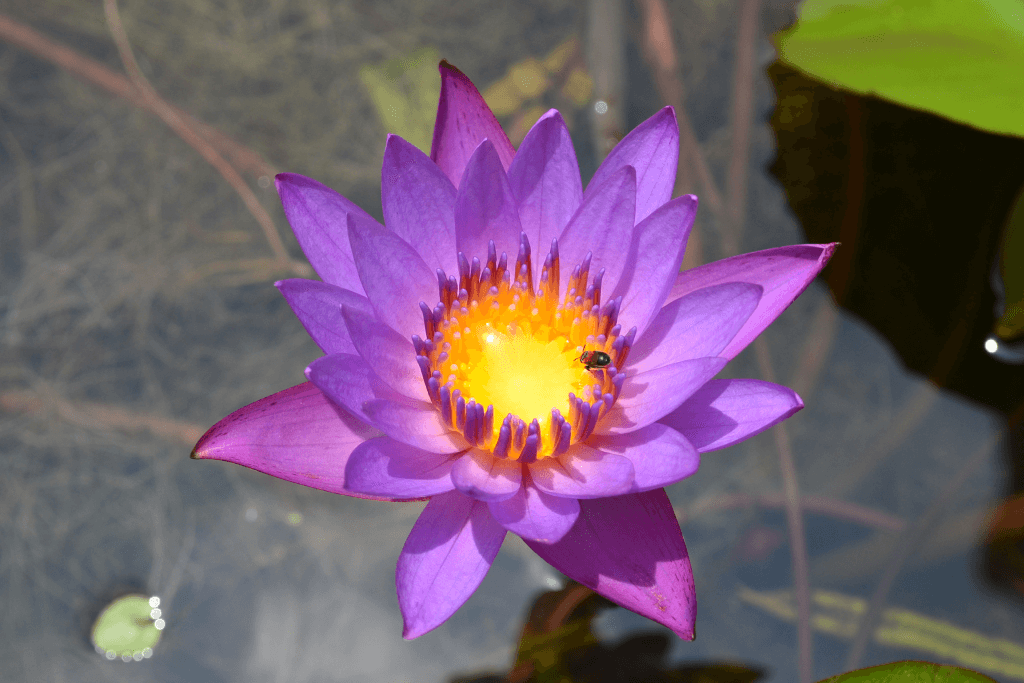
The Akersloot Bastion commemorates the birthplace of the Dutch Komander Willem Jacobsznoon Coster, who was expelled by the Portuguese occupiers in 1640. An underground passage between Akersloot Bastion and Zwart Bastion, which unfortunately can no longer be visited, reminds us of the use to protect the fort. We reach the Zwart (black -NL) Bastion via Hospital Street. This is the point where the Portuguese founded their Fortaleza Santa Cruz in 1625. Today the police station and the court are located here. In Dutch times there was a prison, an armory and ammunition stores here. This is also where the name comes from, because powder, ash and soot made this part appear gloomy and black.
Continue along Queen Street past the Old Gate. On the corner, left direction Groote Kerk. This church is considered the most beautiful church in Galle, due to its two baroque curved facades and cruciform construction. The church was completed in 1755 and was donated in gratitude to the then commander, Casparus de Jong. His wife had given birth to a healthy daughter after years of childlessness.
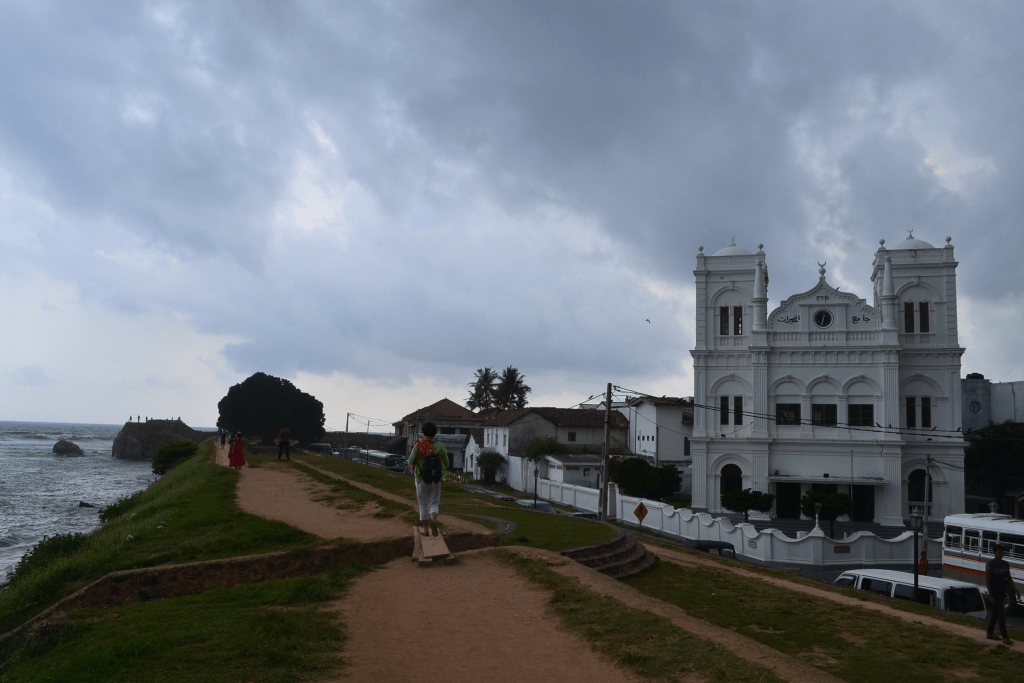
If you look right on Church Cross Street you will see All Saints Church. This rather massive church with an enormous tower was inaugurated on February 21, 1871. Originally, the courthouse was here before and it is said that where the altar stands today, there were gallows.
Opening hours as always without guarantee - daily from 9:00 a.m. to 5:00 p.m
We continue along Church Street and arrive at the Amangalla Hotel, believed to be the oldest accommodation in Galle according to the web www.amanresorts.com
The building was built in 1684 and was used as an administrative building. In 1863 it opened its doors as the New Oriental. Today it is considered the first house on the square, but there are also other beautiful heritage hotels to be found on Booking. A little tip, if you didn't have the horrendous room prices on your budget, you can also admire the great splendor over a cocktail in the Great Hall.
Katrin’s TIP – my absolute favorite hotel on the square is ![]() the Yare Galle Fort
the Yare Galle Fort
The Galle National Museum is right next to the Hotel Amangalla. Opening times Tue – Sat 9:00 a.m. to 5:00 p.m. Admission approx. 300 LKR, information without guarantee. The museum is housed in the oldest building in the city, which was built in 1656. The outdoor porch with the massive supporting columns is really very impressive. However, if you are expecting a European-style museum, I have to disappoint you, the presentation unfortunately leaves a lot to be desired. Nevertheless, it is worth a visit to see everyday objects from the past, the Buddha figures and paintings.
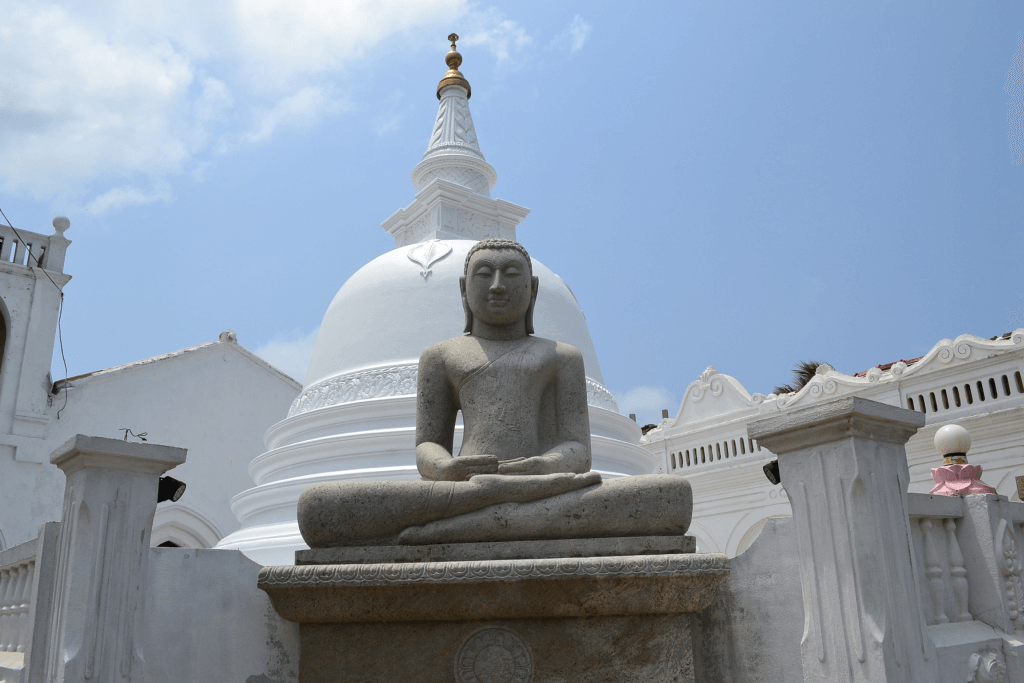
Continuing on Church Street we come back to the New Gate. I recommend you, as we did, to make another foray through this beautiful old town. The new town doesn't really offer much apart from St Mary's Cathedral and the Galle International Stadium. Galle International Stadium was used as an esplanade and occasionally for horse racing in 1876, but has hosted national and international cricket championships since 1927.
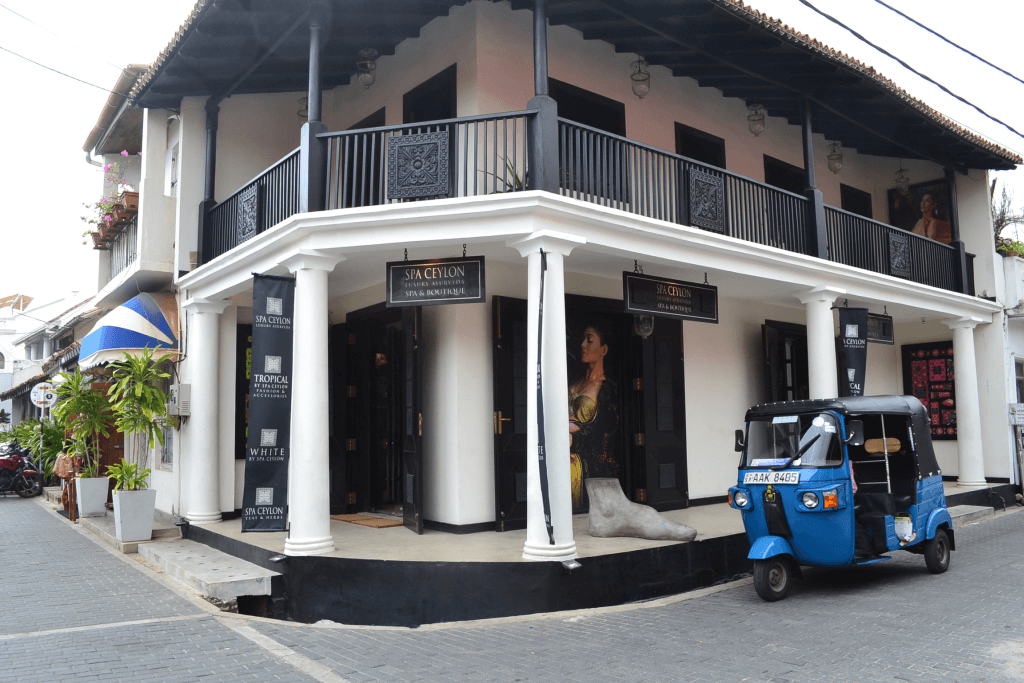
By taxi/car via the A2 and the Southern Expressway, Galle can now be reached in 1.5 hours from Colombo, approximately 120 km. By Train - Coast Line 7 times daily to Colombo or 8 times daily to Matara (beautiful beaches). The train station is in the new town not far from the fort on Colombo Road, near the bus station. By bus from / to Colombo every 15 minutes and from here towards Mirissa to Matara several times every hour. With the tuk tuk if you are staying near e.g. Unawatuna. "Information provided without guarantee"
